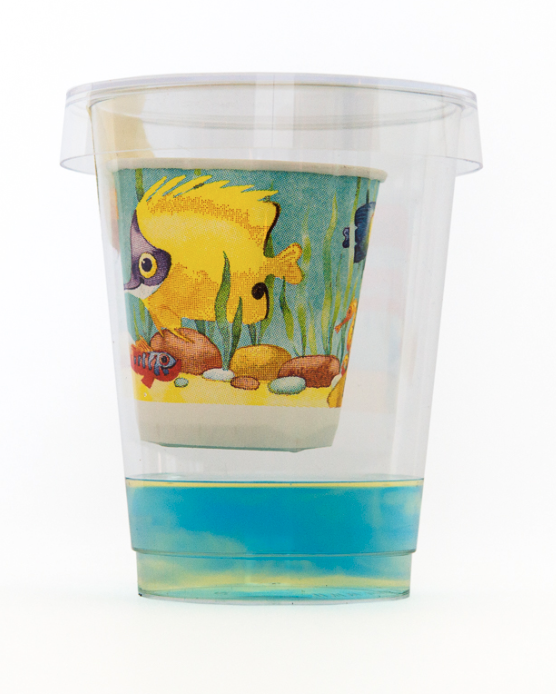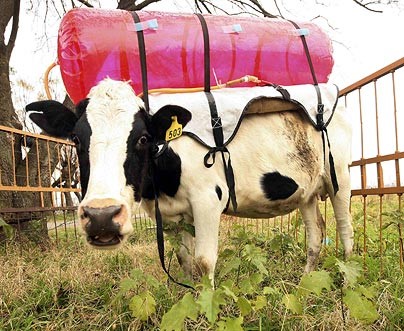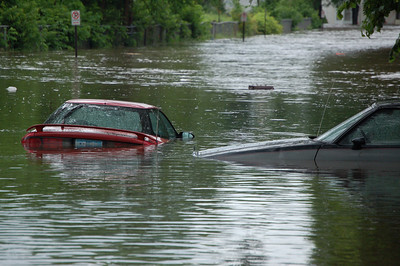Geoscience Women in STEM

Lesson 2: Climate: Where science and policy meet
Shyla Raghav describes climate change as "the new normal." Her work provides supporting evidence demonstrating the impacts of changing climate on all geographic regions. The activities in this lesson focus students on developing a broad-based understanding of the wide variety of impacts climate change is having across different types of environments and ecosystems.
Students can investigate the science that Shyla Raghav uses in her work on climate policy. In the first lesson, students explore changes in ocean pH and the impacts of ocean acidification. Activity 2 builds an understanding of changing ocean pH impacts on calcification of shells. Activity 3 helps students wrestle with the question, Is spring early this year? While activity 4 looks at how climate impacts agriculture. Finally, activity 5 guides students toward thinking about how people in the community can prepare and minimize the impacts of natural hazards.
Connections to Next Generation Science Standards (NGSS)
To learn more about Crosscutting concepts click here
To learn more about Science and Engineering Practices click here
- Science and Engineering practices: Developing and using models, Planning and carrying out investigations, Analyzing and interpreting data, Constructing explanations, Engaging in argument from evidence
- Crosscutting concepts: Cause and effect, Systems and system models, Energy and matter, Stability and change
Activity 1: Ocean Acidification in a Cup

For access to the full activity from the Exploratorium click here
For access to the activity through the CLEAN collection click here
As atmospheric carbon dioxide levels increase, some of that CO2 diffuses into the oceans and reacts with the water to form carbonic acid, H2CO3 causing the oceans to become more acidic.
In this activity, students model ocean acidification within a closed system. Using the reaction between baking soda and vinegar to create a CO2-rich environment, students make careful observations of changes in water treated with an acid-base indicator. As the levels of CO2 rise in the container, students can see the color change and learn about how CO2 affects the pH and acidity of ocean waters.
This activity is part of the Climate Literacy and Energy Awareness collection and has been rigorously vetted by both scientists and educators. There you can find NGSS connections as well.
Activity 2: Oysters and acidification's impact on calcification

For access to the full module of activities click here
For access to a student handout for the video click here
For additional resources from NOAA click here
Ocean acidification impacts both physical and biological ocean systems. You may choose to provide students with information about ocean pH trends, or engage them in an ocean chemistry activity where they will dive deeper into the ocean acidification activity above (ocean acidification in a cup).
In this series of activities students will explore the impact of changing pH in the world's oceans on ocean ecosystems and biodiversity. They consider food web dynamics, physical changes to oceans, and the negative outcomes for humans who depend on living ocean resources.
Activity 3: Place-based Phenology

For access to the full module with videos and descriptions click here
For access to the NGSS-Unit planning document, click here
When the seasons change, we notice changes in the length of the day, the air temperature, and the plants and animals. Keeping track of these changes can help us see other changes related to climate. Using data, we can answer questions like: Is this year different from past years? Is there a trend in seasonal changes? How might these trends affect the organisms in our environments?
This Middle-School level project-based field study is a 4-week long unit that can be modified in a myriad of ways, breaking it into smaller parts or extending it for a full-year of exploratory investigations. If used in full, students will have the opportunity to collect and analyze data from local weather stations to observe atmospheric variables and changes in length of day during seasonal changes and use hands-on and computer models to understand why seasonal variation occurs. They will conduct field studies to examine the changes in plants and animals during seasonal change. Finally, they will analyze previous years' atmospheric and seasonal onset data to determine if/how the timing of seasonal onset is changing; identify the causes of those changes; and debate the costs and benefits of those changes.
Activity 4: The rising climate impacts from agriculture

For access to the full activity click here:
Is the release of greenhouse gases from a natural forested region the same as it would be if the forest was removed and replaced by agricultural land? After all, a plant is a plant, or is it? In this activity students will wrestle with questions around agricultural climate pollution and a need to produce food to feed a growing global population. The data, presented in graph form in this activity, provides skills-rich investigations around these important questions and supports a quantitative treatment using the graphical data.
Activity 5: Natural Hazards — Who is at Risk?

For access to the lesson plans click here:
What happens when a hurricane, tornado, flood or fire impact a community? How can people in the community prepare and minimize the impacts of natural hazards? This sequence of activities allows students to become familiar with a variety of natural hazards that impact the United States, and then focus more closely on a selected community. Students research the impact of hazards as well as steps that communities can take to prepare and minimize their risk.
